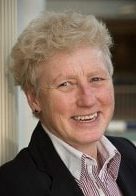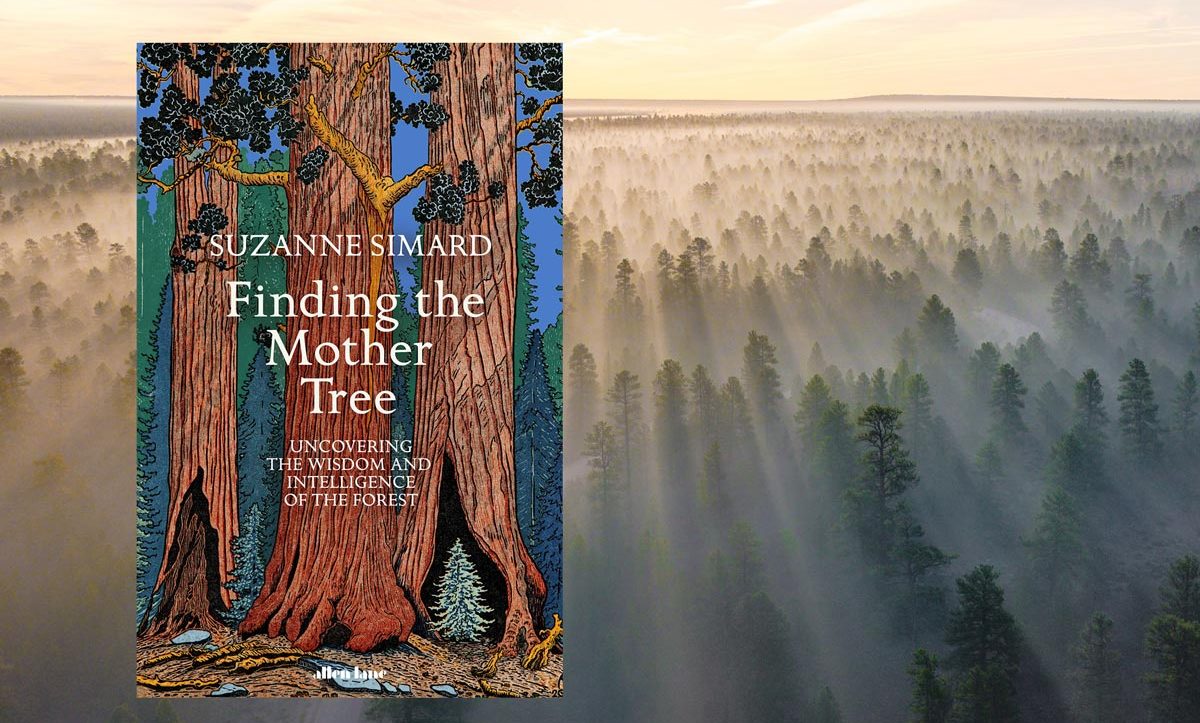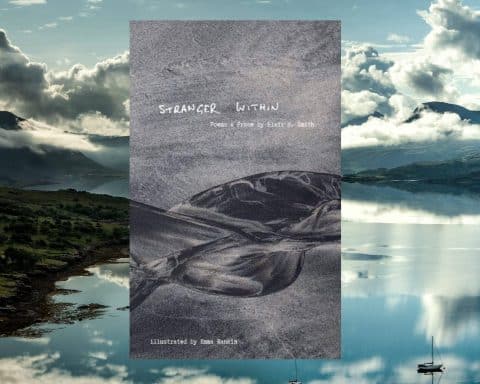 Trish Greenhalgh is professor of primary care at the University of Oxford. She is on twitter
Trish Greenhalgh is professor of primary care at the University of Oxford. She is on twitter
I was given this book by my biologist son who spent lockdown on a desert island, living on coconuts and getting his exercise swinging between trees. Looking at the title, I worried he’d gone full eco-hippy and was trying to get me to hug more of them. But after just four chapters I was demanding to know why Suzanne Simard had—up to now at least—been overlooked for a Nobel Prize.
The daughter of foresters in British Colombia, Professor Simard foraged in tree roots as soon as she could crawl. She chewed on what she found (“mum had to deworm me often”) and developed an early interest in the webs of mycorrhizal fungi—some rich and dense, others sparse and friable—that connected the roots of trees beneath the soil. These buried fungi and the complex ecosystem they support became her life’s work.
The book tells three interlinked stories.
The book tells three interlinked stories.
First, there is the scientific story of how, over several decades, Simard and others systematically demonstrated how mycorrhizal fungal networks carry chemical signals between trees of the same species and even between different species, leading to adaptive behaviour which helps the receiving tree survive. The oldest and largest of these trees (which Simard called ‘mother trees’) send the richest signals and appear to ‘look after’ younger and smaller trees. Patterns of growth and long-term survival of whole forests depend crucially on the health and function of these underground fungal networks—what one journalist, reporting on her first Nature paper,1 dubbed “the wood-wide web”.
Second, there is the story of how Simard’s research was inspired by the stories and practices which she imbibed from her parents and grandparents, whose embodied knowledge of what was good for the trees (thinning rather than completely clearing areas of land, for example, thereby retaining crucial underground fungal networks) had produced thriving gardens and a sustainable logging business. She also gained inspiration from indigenous Canadian people who she later learned had already coined the term ‘mother tree’ in their own language. Simard’s scientific imagination was frequently triggered by the mismatch between policymakers’ and fellow scientists’ implicit theories (that trees compete for nutrients on a survive-or-die basis) and what her relatives and indigenous advisers had told her (that trees collaborate in complex ways, nurturing an ecosystem that benefits all).
Third, there is the story of how Simard, born in 1961, made her way in a traditional man’s world of foresters and forest scientists in rural Canada. Whilst research which assumes a ‘complex adaptive system’ world view is now very fashionable, Simard was years ahead of her time when she presented such ideas to mostly-male audiences in the mid-1980s and encountered a paternalistic push-back.
“I’d been taught in the university to take apart the ecosystem [and study each part] in isolation, so that I could look at the forest objectively. […] I soon learned that it was almost impossible for a study of the diversity and connectivity of a whole ecosystem to get into print. There’s no control!—the reviewers cried at my early papers.” (page 454)
This book matters because planetary health matters, because the wisdom of the forest matters, and because the role of imagination in scientific inquiry matters.
As a young graduate student, Simard struggled to articulate her feeling that controlled experiments could never capture the complex rhythms and interdependencies of the forest. The sophisticated computational biology techniques used today were not yet invented, and Simard’s call for more holistic research techniques was dismissed as unrigorous. But over the years, she and her research team developed ways of aligning a mix of scientific techniques with the wisdom offered by the traditional storytellers of the forest:
“Somehow with my Latin squares and factorial designs, my isotopes and mass spectrometers and scintillation counters, and my training to consider only sharp lines of statistically significant differences, I have come full circle to stumble onto some of the indigenous ideals: Diversity matters.” (page 454)
This book matters because planetary health matters, because the wisdom of the forest matters, and because the role of imagination in scientific inquiry matters. In addition, it is time we learnt from other disciplines about the folly of taking an overly reductive, too-tightly-controlled, one-variable-at-a-time view of the world and mistaking it for the highest form of science.
Featured Book: Suzanne Simard, Finding the mother tree, Penguin, £9.99.
Reference
Simard, S., Perry, D., Jones, M. et al. Net transfer of carbon between ectomycorrhizal tree species in the field. Nature 388, 579–582 (1997). https://doi.org/10.1038/41557






